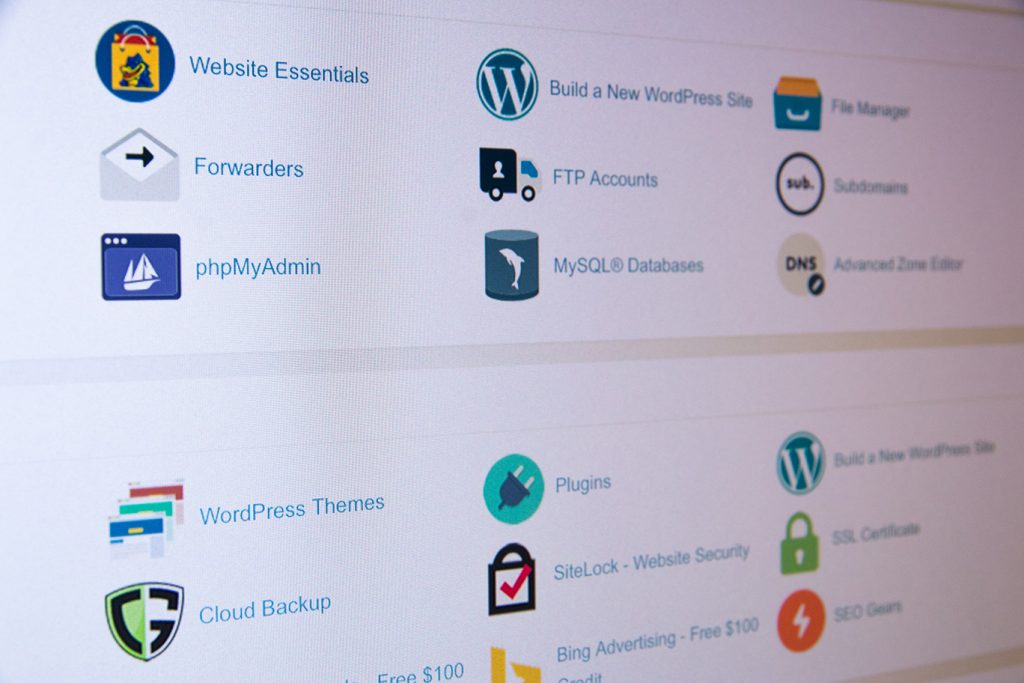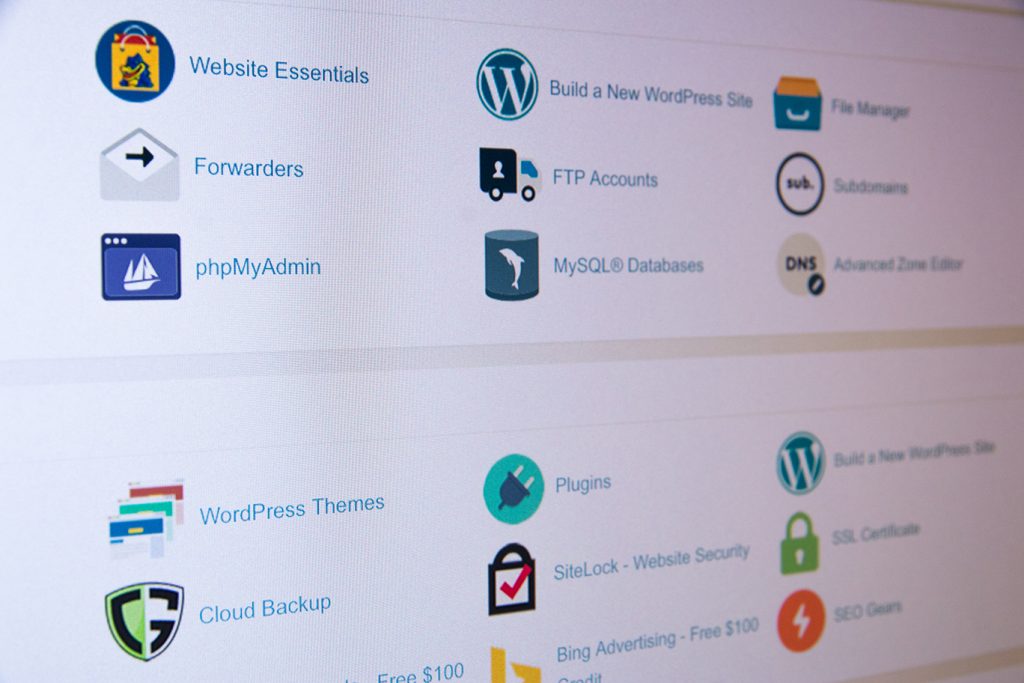How good are you at getting your web visitors from point A to B on your website? If you haven’t thought about that question much in the past, it is definitely something to put on your to-do list now. Simply getting your web visitors from A to B can rely mostly on your web page navigation system and how it is set up. Here are some tips to keep in mind while assessing your layout.
Keep It Simple
Like so many other things in life, simple is better. Too many links in too many places can be overwhelming and confusing, so it is best to focus on what is important for your specific site’s goal. Also, extremely fancy designs for a navigation can have a similar negative effect.
Consistency is Key
The navigation menu should be the same on all of your pages. What this does is makes it quick and easy for users to find what they need instead of spending extra time trying to get re-accustomed to a new system. When that happens, you can be sure that most people will simply go back to the search engine and find another site.
Vertical vs Horizontal Navigation
When deciding the location on a web page for the navigation menus, it is best to think about the natural flow of the site. It is best to note that visitors will most likely click on items as they come in order, either left to right or top to bottom. Therefore, it is vital to organise your navigation links accordingly. Many websites include both a vertical and horizontal navigation menu on a web page, but is wise to note that the top navigation will probably be more popular than the horizontal, depending on the layout.
Be Descriptive
Be concise, but also be descriptive by choosing appropriate words. You want your visitors to know what sort of information is going to be on the page before getting there. This lessens the amount of times users have to click around to find what they are looking for.
Link Home
A good point to keep in mind is that web visitors may enter your website on any page (not just the home page). You want to keep those people interested in your site as long as possible, and easy and clear navigation with a link to the home page is essential. In addition, it’s not pleasing to make your other visitors use the back button to return home, and it can be just another annoying feature to drive them away.
Grouping
It is important to put similar navigation items near each other. For example, if your sidebar navigation system lists fantasy books, rock music, cell phones and science fiction books in that order, you might want to make sure all the book topics are together. This helps visitors to be able to keep track of what’s on offer at your site without having to jump around. If your navigation system contains sub-pages, be sure that your group subpages in logical categories as well.
Another idea to keep in mind is that of primary and secondary navigation menus. Primary navigation should include links to your main pages of interest. All others, such as the Contact or About Us pages, should be put into a secondary navigation and stressed less in the design.
Easy Access to Important Pages
Any important pages, such as your main information or selling pages, should be accessible within one click from the homepage. Pages that are hidden deep within the site are likely to get skipped over as a web visitor is generally not going to stick around for more than a couple minutes.
Avoid Linking Out
In the navigation, it is probably a bad idea to link out to external websites. If you have these external links on the main navigation, it will most likely lead to visitors quickly exiting your site, and if you’re wanting sales, clicks or loyal readers, then you want to keep your visitors on your site as long as possible.
Check for Broken Links
A broken link anywhere can be annoying to web visitors, but a broken link in the navigation can be even worse. Be sure to use a link checker to see that your site’s links are all active.
Tip:
If you use Google Analytics to track your website’s stats and traffic, they have a handy “Site Overlay” tool that can show you which links get the most clicks (in percentages) on each page. In that way, it’s easy to see where visitors tend to go next, and it can help you make better navigation plans.
Beyond Main Menus:
Navigation structures go deeper than the main navigation menus on a web page. Think about a blog that features links to the next and previous posts at the top or bottom of each article. This navigation structure is also good to think about within the content sections themselves to help guide a visitor where you want them to go.
Without proper web page navigation, it is safe to envision your web visitors as lost sheep with the attention span of a fly. Don’t assume that people will simply know where to go just because you do, and don’t assume that they will take the time to work it all out on their own. In today’s fast-paced Internet world, visitors are generally skimmers, and if they can’t get the info they need in an instant, they will simply move on to the next. I know I would. You?





